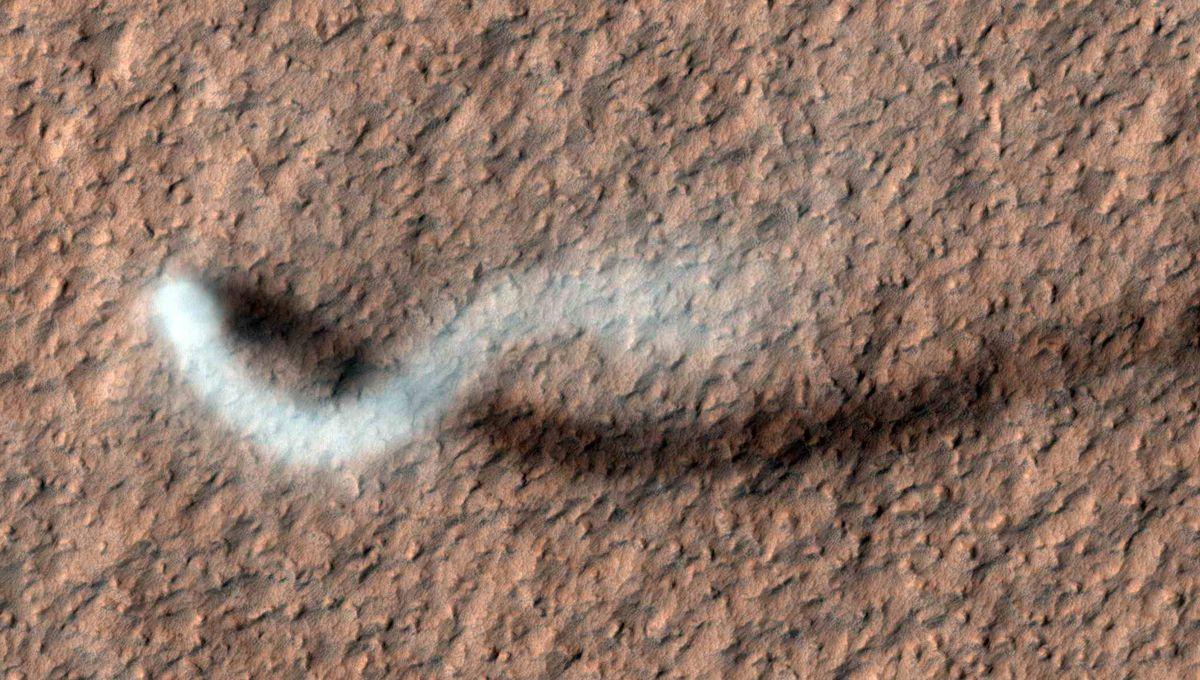Mars is about to join a currently exclusive planetary club. Until today, the only worlds known to have lightning were Earth, Jupiter, and Saturn. It has long been suspected that the Red Planet, with its whirlwinds and global dust storms, could have some lightning phenomena, just like in the deserts of Earth. Now, researchers have finally found evidence supporting that notion.
The rest of this article is behind a paywall. Please sign in or subscribe to access the full content. The evidence is not visual, as we might expect when we picture lightning. Instead, it is audio recordings from the SuperCam microphone aboard the Perseverance rover. And it didn't record thunder either – the recordings are of the electric discharge that happens in the air. The team reports that they recorded 55 events serendipitously over two Martian years. These events were usually associated with dust devils and dust storm convective fronts. All but one of the events happened during the top 30 percent strongest wind period recorded. More than one-fifth of the events, 16 to be precise, happened during Perseverance's two close encounters with dust devils. It is possible though that more events, beyond the sensitivity of the mic, have taken place. The Perseverance mics had previously captured what dust devils sound like. These new recordings paint a picture of an electrically active world, maybe not of thunderstorms like Earth, but still crackling due to the electrical interactions of shifting airborne dust. This is known as triboelectric charging. There have been suggestions of this being the case earlier this year, and this new work provides expansive evidence of this effect. The Martian atmosphere experiences small dust uplifts, the large dust-devils, and even global dust storms; we have seen recently that the winds might move faster than previously thought. When it comes to dust devils, we know that they are not strong enough to lift one of our rovers, but they are certainly active – Perseverance saw one dust devil devouring a second dust devil. The presence of electrical events is certain to have an impact across the atmosphere. It is possible that these discharges might enhance the oxidizing conditions of the atmosphere. This would create different chemical conditions in the air that could affect the preservation of organic materials and the overall habitability of the planet. And that’s not all – the discharges can harm equipment and future astronauts. Dedicated instruments will be needed to actually measure what is happening. The study is published in the journal Nature.






